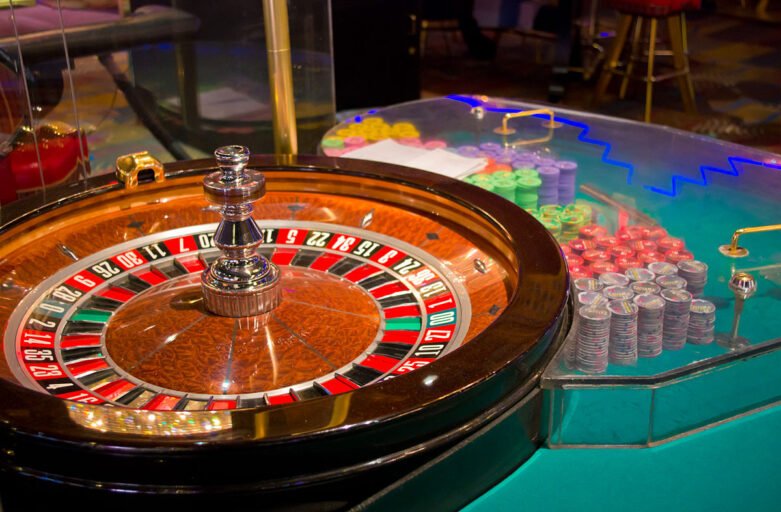Introduction
Table tennis, also known as ping pong, is a high-speed sport that requires quick reflexes, strategic thinking, and precise coordination. Played globally, table tennis is enjoyed both recreationally and competitively, captivating players and audiences with its dynamic rallies and tactical depth. The sport’s origins trace back to late 19th century England, evolving from a parlor game to an internationally recognized Olympic sport.
History and Evolution
Table tennis began as an after-dinner amusement for upper-class Victorians in England, using makeshift equipment such as cigar box lids for paddles and a rounded wine cork as a ball. The sport rapidly grew in popularity, leading to the development of standardized rules and equipment. By 1926, the International Table Tennis Federation (ITTF) was established, and the first World Championships were held.
Rules and Equipment
The fundamental objective in table tennis is to score points by hitting the ball over the net and onto the opponent’s side of the table in a way that they cannot return it. Matches are typically played in a best-of-five or best-of-seven games format, with each game going up to 11 points. Players must win by at least a two-point margin.
Key equipment includes:
- Table: A rectangular table measuring 2.74 meters in length, 1.525 meters in width, and 76 centimeters in height.
- Net: The net is 15.25 centimeters high, stretching across the middle of the table.
- Ball: The ball is lightweight, with a diameter of 40 millimeters and a weight of 2.7 grams, usually made of celluloid or a similar plastic material.
- Paddle (Racket): Paddles consist of a wooden blade covered with rubber on one or both sides, designed to provide grip and spin.
Techniques and Styles
Table tennis is characterized by a variety of techniques and playing styles, each contributing to the sport’s complexity and excitement. Key techniques include:
- Forehand and Backhand Strokes: Basic hitting techniques used to control the ball and execute offensive and defensive shots.
- Topspin and Backspin: Spin techniques that affect the ball’s trajectory and bounce, making it difficult for opponents to predict and return shots.
- Looping: An aggressive topspin shot used to overpower opponents.
- Chopping: A defensive shot that applies backspin, slowing the ball and making it harder to attack.
Players typically adopt one of two main styles: offensive (attacking) or defensive. Offensive players rely on speed and power, constantly applying pressure with aggressive shots, while defensive players focus on consistency and precision, aiming to outlast their opponents through strategic shot placement and spin variations.
Major Competitions
Table tennis enjoys a robust competitive scene, with numerous international tournaments held annually. Some of the most prestigious events include:
- World Table Tennis Championships: Organized by the ITTF, this event features the world’s best players competing for individual and team titles.
- Olympic Games: Table tennis has been an Olympic sport since 1988, with singles and team events for both men and women.
- ITTF World Tour: A series of international tournaments where players earn points to improve their world rankings.
- Continental Championships: Regional competitions, such as the European Table Tennis Championships and the Asian Table Tennis Championships, showcase top talent from respective continents.
Prominent Players
Throughout its history, table tennis has seen numerous legendary players who have left an indelible mark on the sport:
- Jan-Ove Waldner: Often called the “Mozart of Table Tennis,” Waldner, from Sweden, is known for his incredible skill and longevity in the sport.
- Deng Yaping: A dominant force in the 1990s, Deng Yaping from China won multiple World Championships and Olympic gold medals.
- Ma Long: Hailing from China, Ma Long is considered one of the greatest players of all time, with numerous World Championship and Olympic titles to his name.
Table Tennis in Popular Culture
Table tennis has permeated popular culture, appearing in movies, television shows, and video games. Its fast-paced, visually engaging nature makes it a favorite for portrayals of quick reflexes and intense competition. The sport’s accessibility and fun factor have also made it a common recreational activity in homes, schools, and offices worldwide.
Conclusion
Table tennis is a captivating sport that blends speed, skill, and strategy. From its humble beginnings as a Victorian parlor game to its status as a global competitive sport, table tennis continues to inspire and challenge players of all ages. Its unique blend of physical and mental demands makes it a truly universal sport, uniting enthusiasts across the globe in their love for the game.
